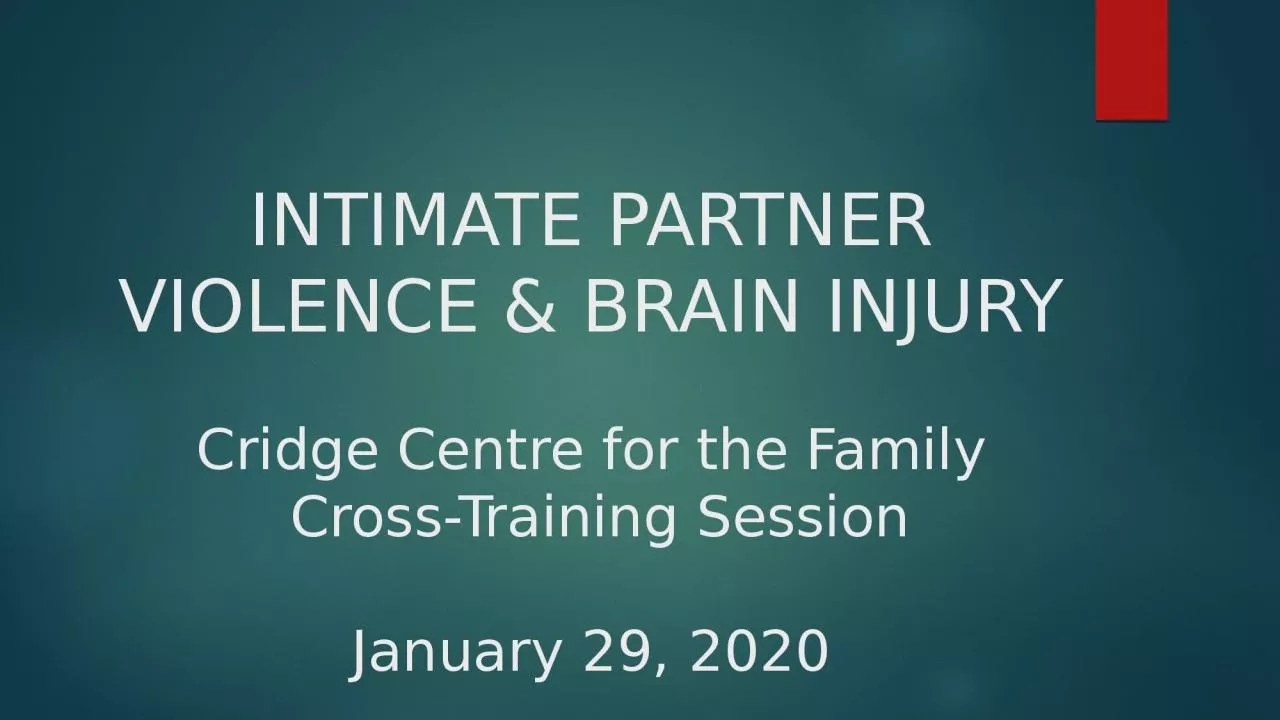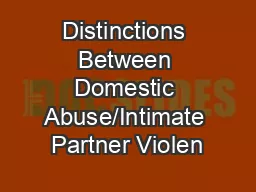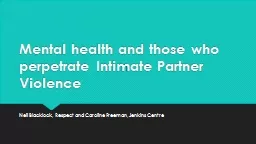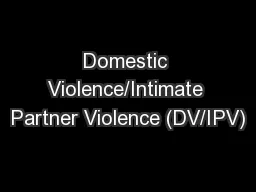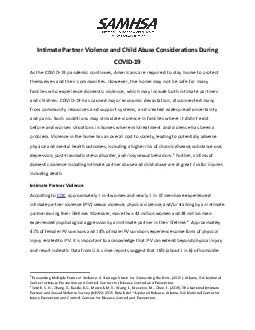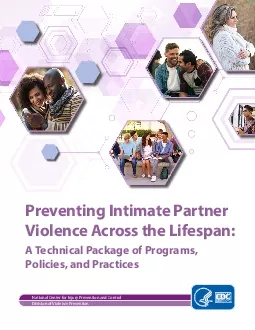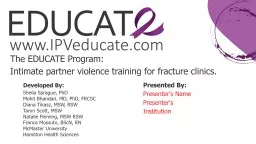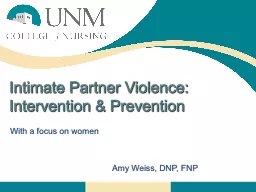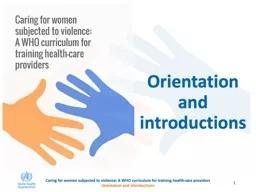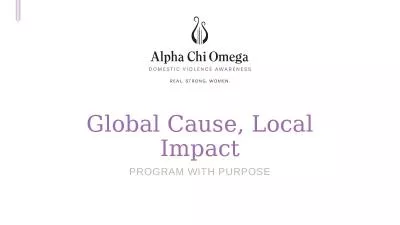PPT-INTIMATE PARTNER VIOLENCE & BRAIN INJURY
Author : Soulmate | Published Date : 2022-08-02
Cridge Centre for the Family CrossTraining Session January 29 2020 The Link Between IPV amp BI Between 3090 of women who have experienced physical abuse have a brain
Presentation Embed Code
Download Presentation
Download Presentation The PPT/PDF document "INTIMATE PARTNER VIOLENCE & BRAIN IN..." is the property of its rightful owner. Permission is granted to download and print the materials on this website for personal, non-commercial use only, and to display it on your personal computer provided you do not modify the materials and that you retain all copyright notices contained in the materials. By downloading content from our website, you accept the terms of this agreement.
INTIMATE PARTNER VIOLENCE & BRAIN INJURY: Transcript
Download Rules Of Document
"INTIMATE PARTNER VIOLENCE & BRAIN INJURY"The content belongs to its owner. You may download and print it for personal use, without modification, and keep all copyright notices. By downloading, you agree to these terms.
Related Documents

